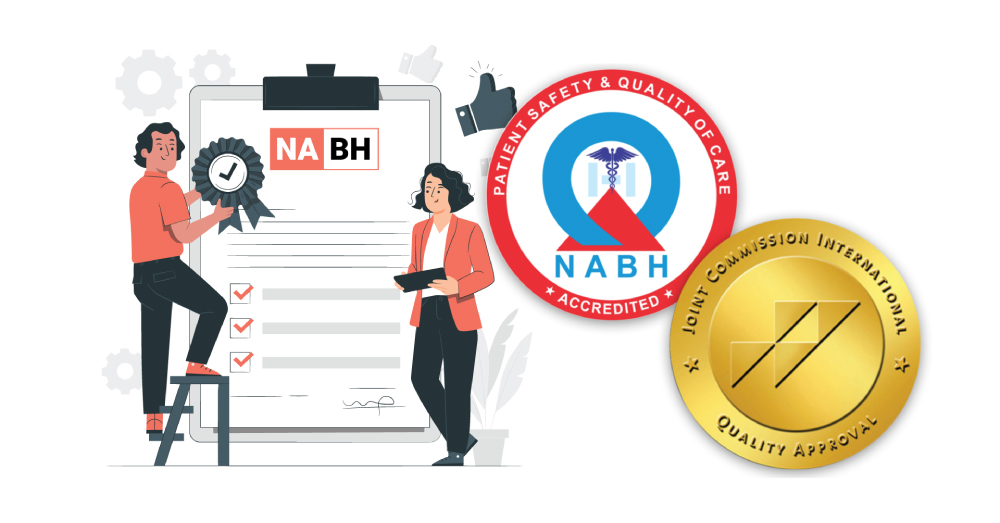In the below discussion, we will not focus on the return of investment(ROI) for the entirety of the hospital, but in relation to the purchase of biomedical equipment.
It’s common for hospital owners to have broken their heads thinking about investing in particular equipment (Eg: Autoanalysers in a lab; ultrasound machines; ventilators etc). What’s very important in this decision-making process is understanding the ROI. Although the content below may make sense to all businesses, the examples would be in the background of a healthcare organisation.
Before we dwell more, let’s understand some basics,

1. In financial terms, assets(incl biomedical equipment and others) could be performing assets(PA) and non-performing assets(NPA). Performing assets refers to equipment that would fetch direct revenue (Eg: ultrasound machine, ventilators, etc) and NPAs to those that would be more supportive and may not fetch direct/any revenue (Eg: monitors; syringe pump; refrigerator; furniture, etc)
2. Performing assets can further be classified as attributable and non-attributable assets. Attributable refers to those where the revenues and profits would be directly attributable(Eg: lab analysers; X-ray, etc) and non-attributable to those which will be part of an overall revenue generation, but not directly attributable(Eg: anaesthesia workstation; OT table, etc)
 A simple financial understanding is that any investment has to make it up for itself over the course of time. However, it’s important to note that the performing assets have the additional responsibility of making it up for the non-performing assets too which do not have any revenue generation. Let’s take a laboratory for eg. Amongst fixed assets, it shall have furniture, ACs, computers, fridges, etc in addition to the analysers. Hence the analysers have to earn enough to not just pay for themselves but also for the NPAs associated with it. Hence any analysis of ROI should have leverage for this. It’s also prudent to analyse the percentage of PA: NPA before any investment to reduce the burden on the PAs.
A simple financial understanding is that any investment has to make it up for itself over the course of time. However, it’s important to note that the performing assets have the additional responsibility of making it up for the non-performing assets too which do not have any revenue generation. Let’s take a laboratory for eg. Amongst fixed assets, it shall have furniture, ACs, computers, fridges, etc in addition to the analysers. Hence the analysers have to earn enough to not just pay for themselves but also for the NPAs associated with it. Hence any analysis of ROI should have leverage for this. It’s also prudent to analyse the percentage of PA: NPA before any investment to reduce the burden on the PAs.
 How long should it take for an equipment to repay to call it a good ROI? As you know, money grows over time. Let’s consider an interest rate of 12%, any money would double in 6 yrs. Hence considering this rate of growth, any equipment has to double its investment in 6 yrs ie. it should pay back itself in 3 yrs and once again in the next 3 yrs. Otherwise, it is better to put this money in some finance and stay at home
How long should it take for an equipment to repay to call it a good ROI? As you know, money grows over time. Let’s consider an interest rate of 12%, any money would double in 6 yrs. Hence considering this rate of growth, any equipment has to double its investment in 6 yrs ie. it should pay back itself in 3 yrs and once again in the next 3 yrs. Otherwise, it is better to put this money in some finance and stay at home . Its however up to you to consider what interest rate to consider. The calculation of returns(profits) needs to take into account the labour, AMCs, repairs, etc too over the time period. To know more about AMCs, read our previous article (http://clutch-health.in/the-dark-secret-of-amcs-cmcs-for-equipments/)
. Its however up to you to consider what interest rate to consider. The calculation of returns(profits) needs to take into account the labour, AMCs, repairs, etc too over the time period. To know more about AMCs, read our previous article (http://clutch-health.in/the-dark-secret-of-amcs-cmcs-for-equipments/)
 The above ROI is for the equipment only. As we now know, that PAs have to pay for NPAs too, leverage has to be given for that. Although this may vary from department-department and hospital-hospital, as a rough estimate we can give 1 yr for that. To know more, read our previous article on leverage (http://clutch-health.in/where-am-i-losing-my-revenues/)
The above ROI is for the equipment only. As we now know, that PAs have to pay for NPAs too, leverage has to be given for that. Although this may vary from department-department and hospital-hospital, as a rough estimate we can give 1 yr for that. To know more, read our previous article on leverage (http://clutch-health.in/where-am-i-losing-my-revenues/)
 Hence one can blindly invest in any equipment which will repay back in less than 2 yrs and should definitely not if its more than 5 yrs. Between these times, will depend upon the situation, mostly from a convenience or vanity standpoint.
Hence one can blindly invest in any equipment which will repay back in less than 2 yrs and should definitely not if its more than 5 yrs. Between these times, will depend upon the situation, mostly from a convenience or vanity standpoint.
Understanding of returns before any investment is mandatory!

